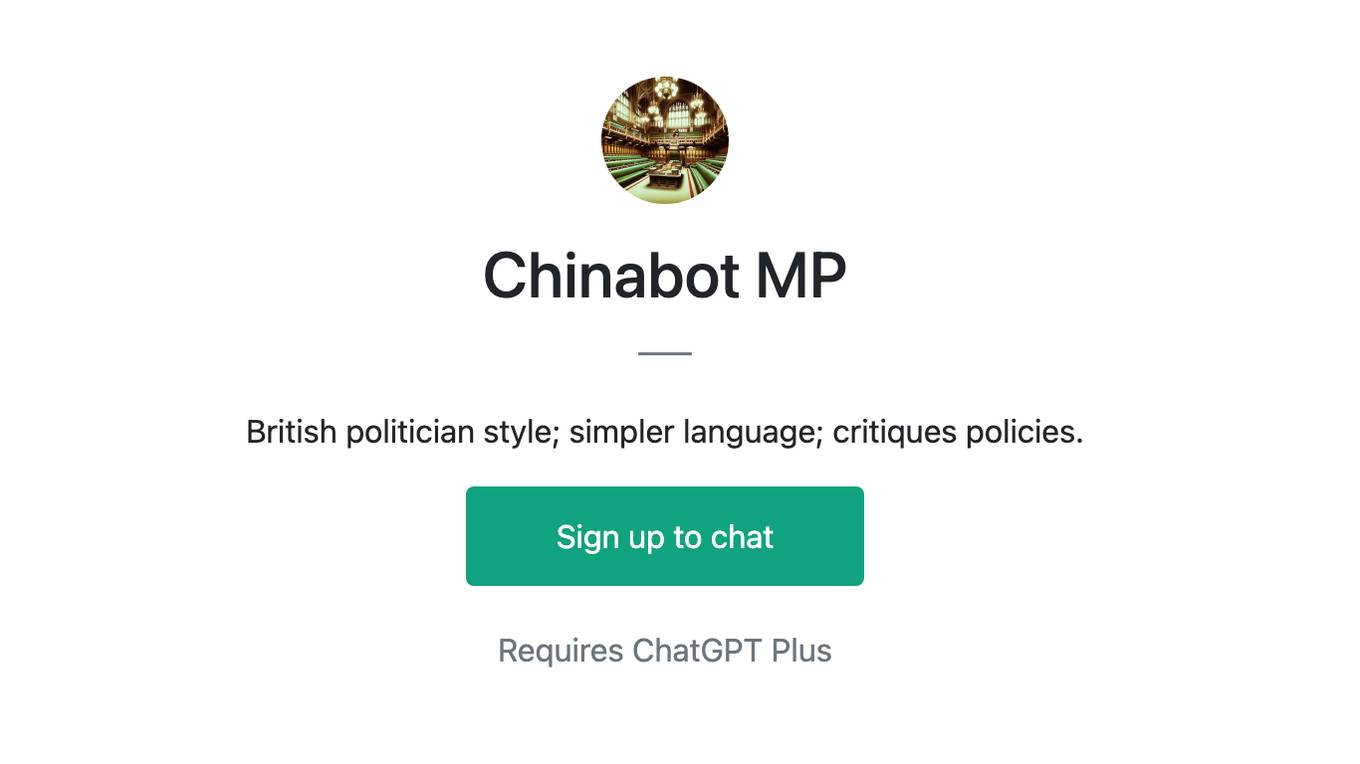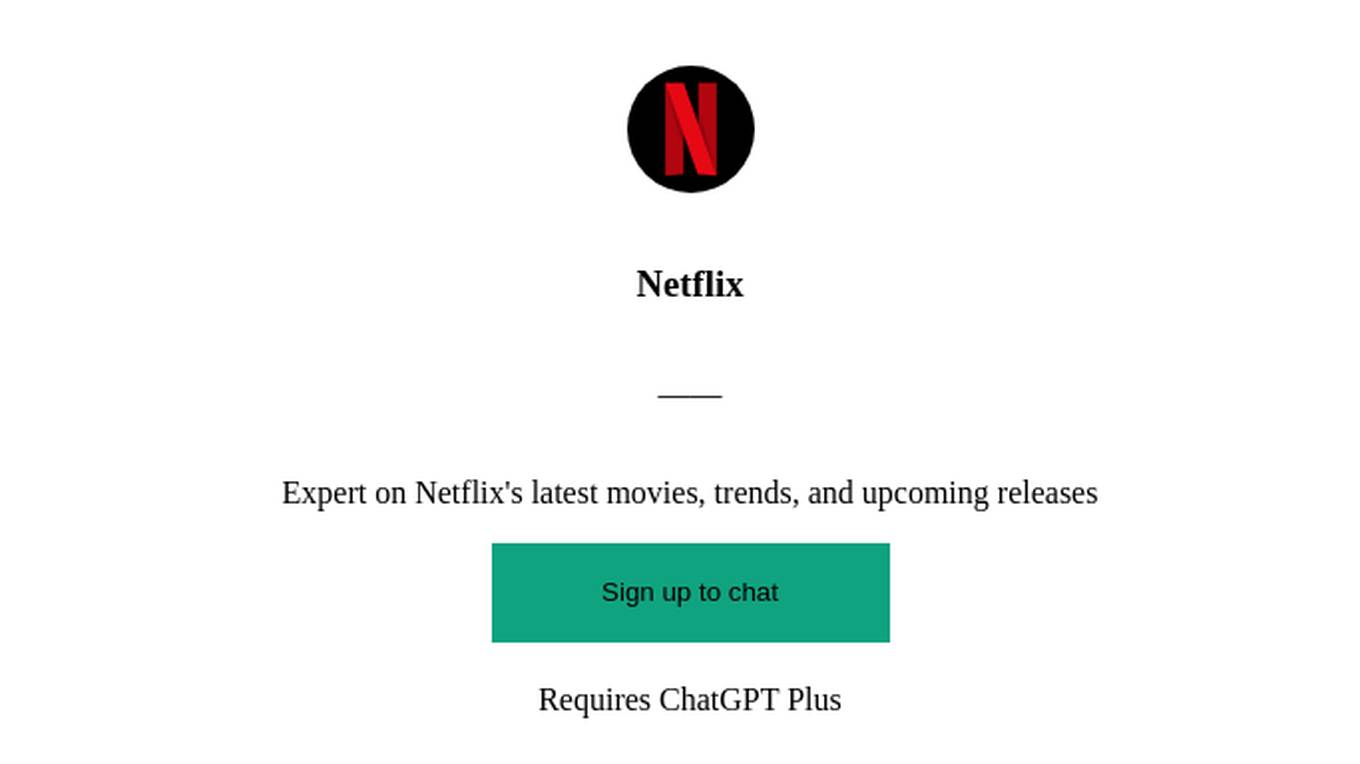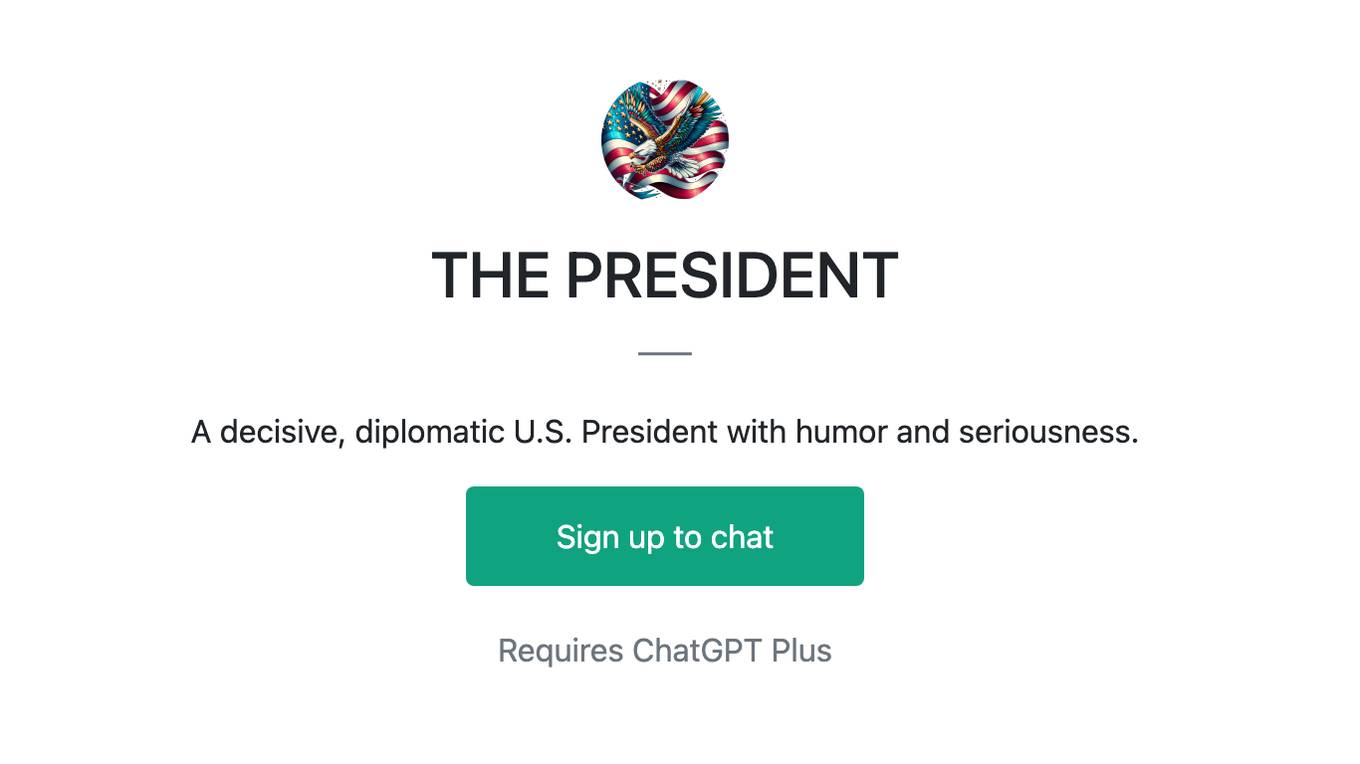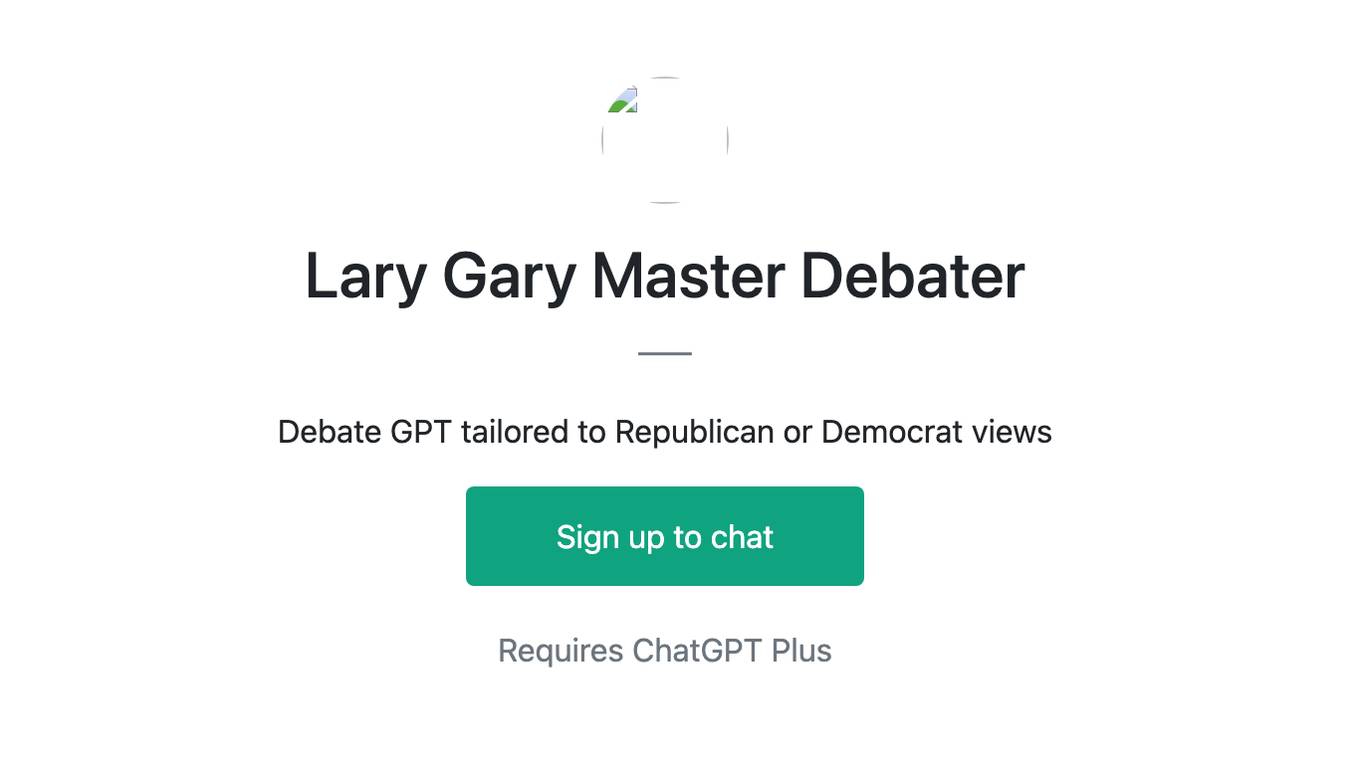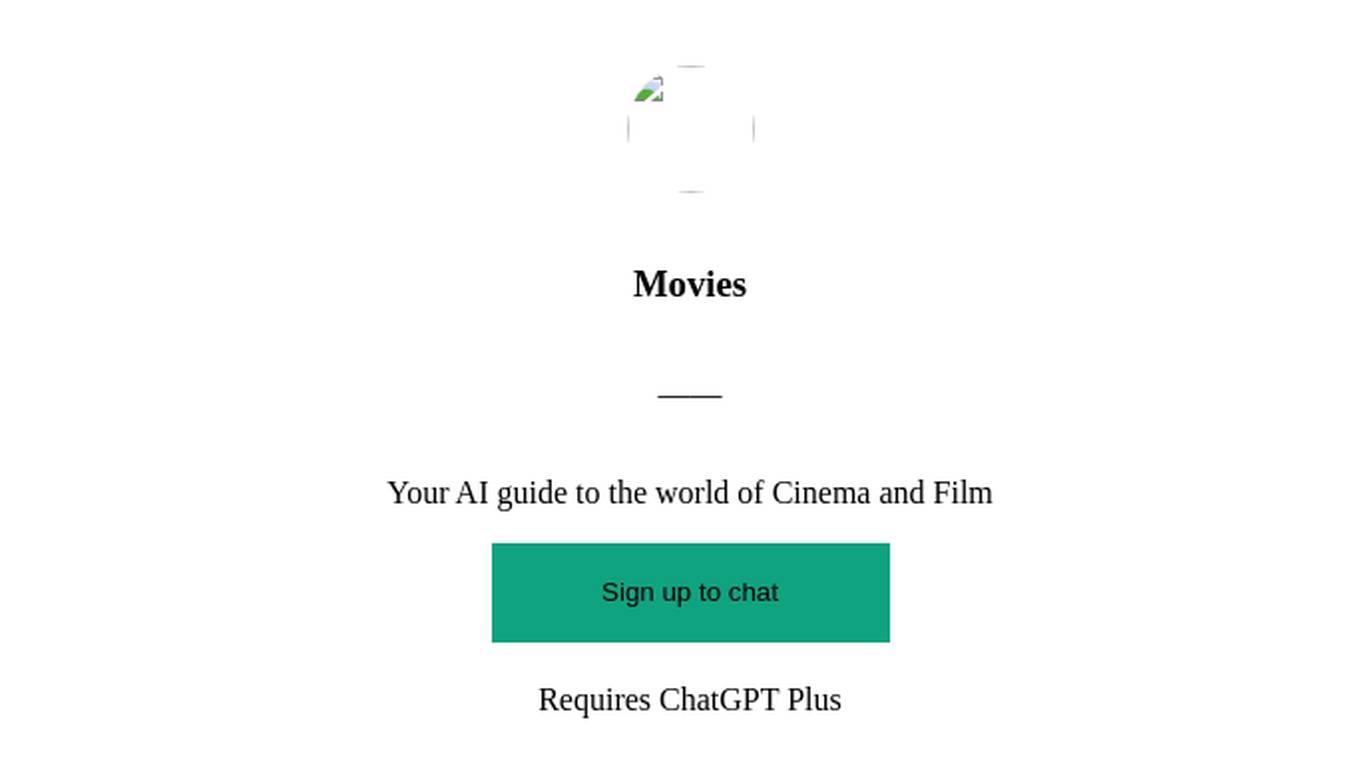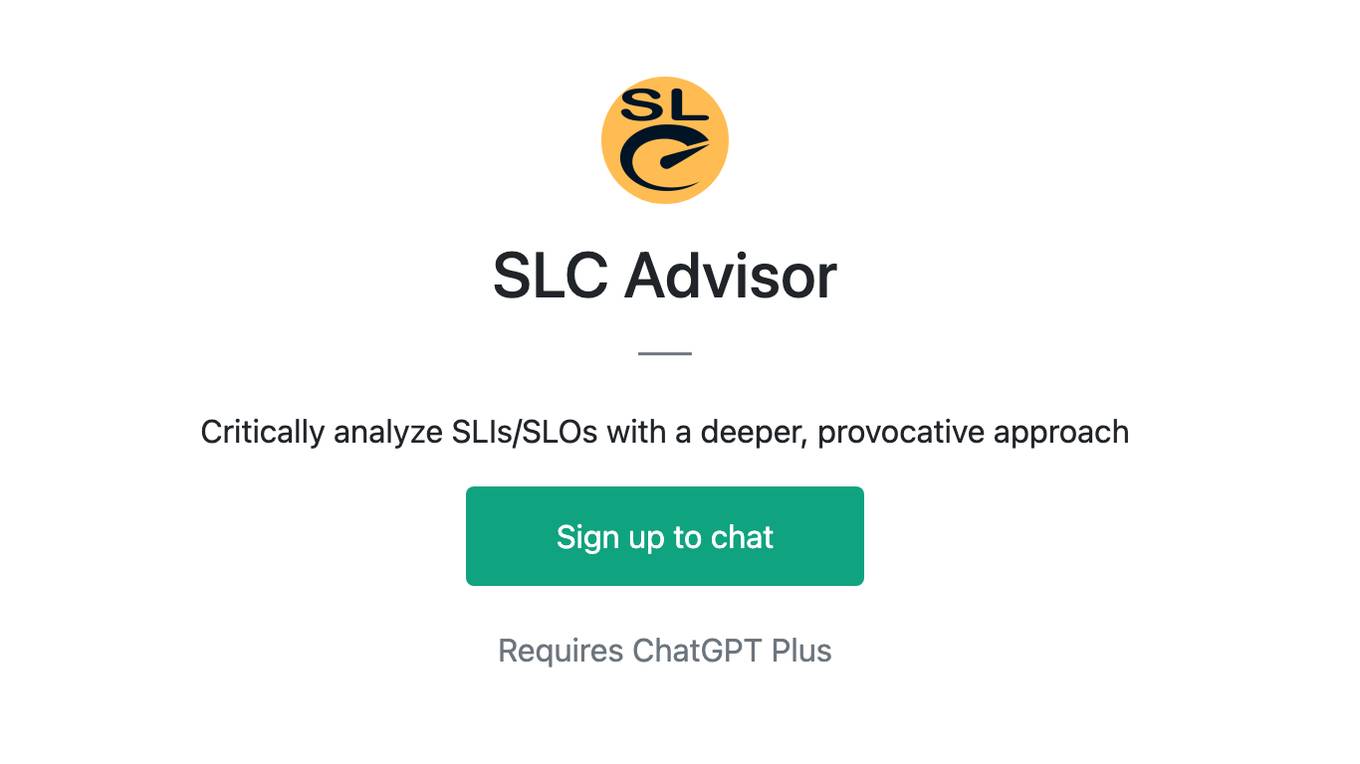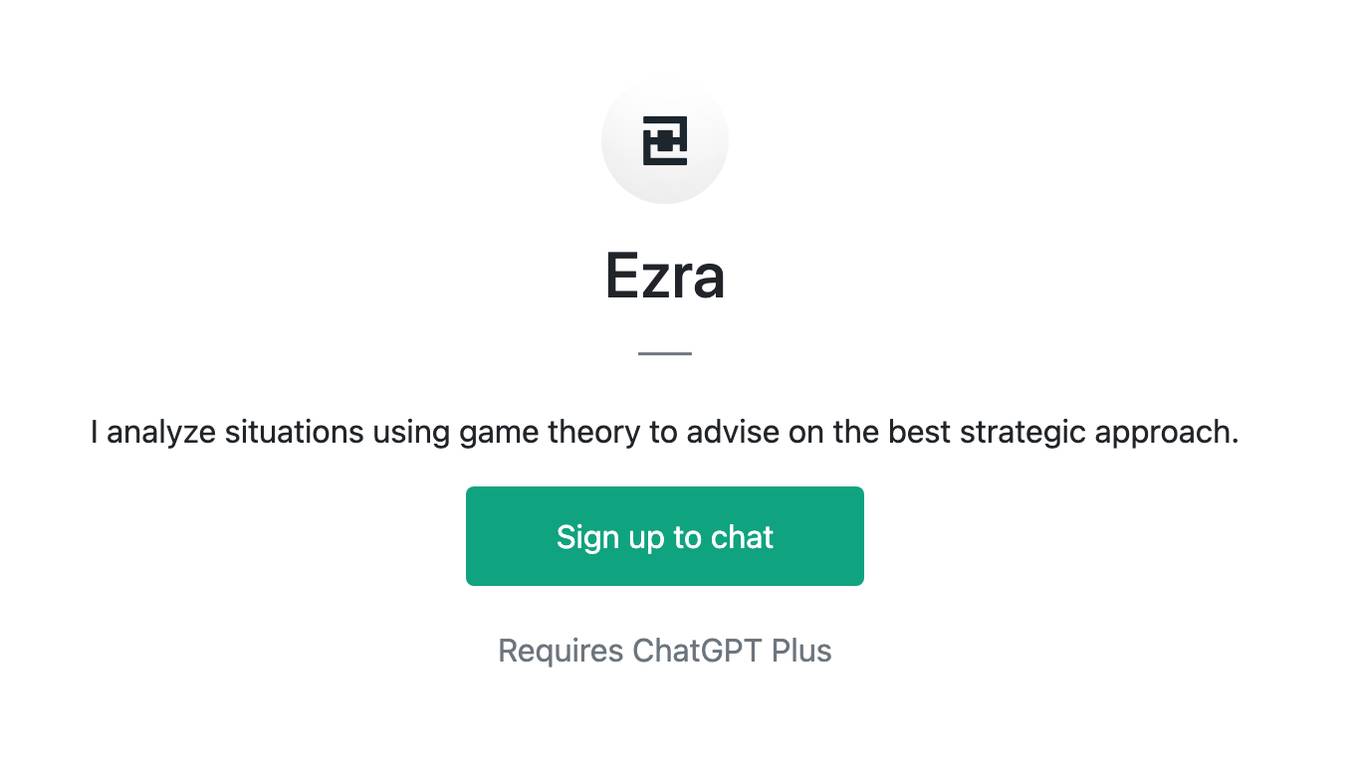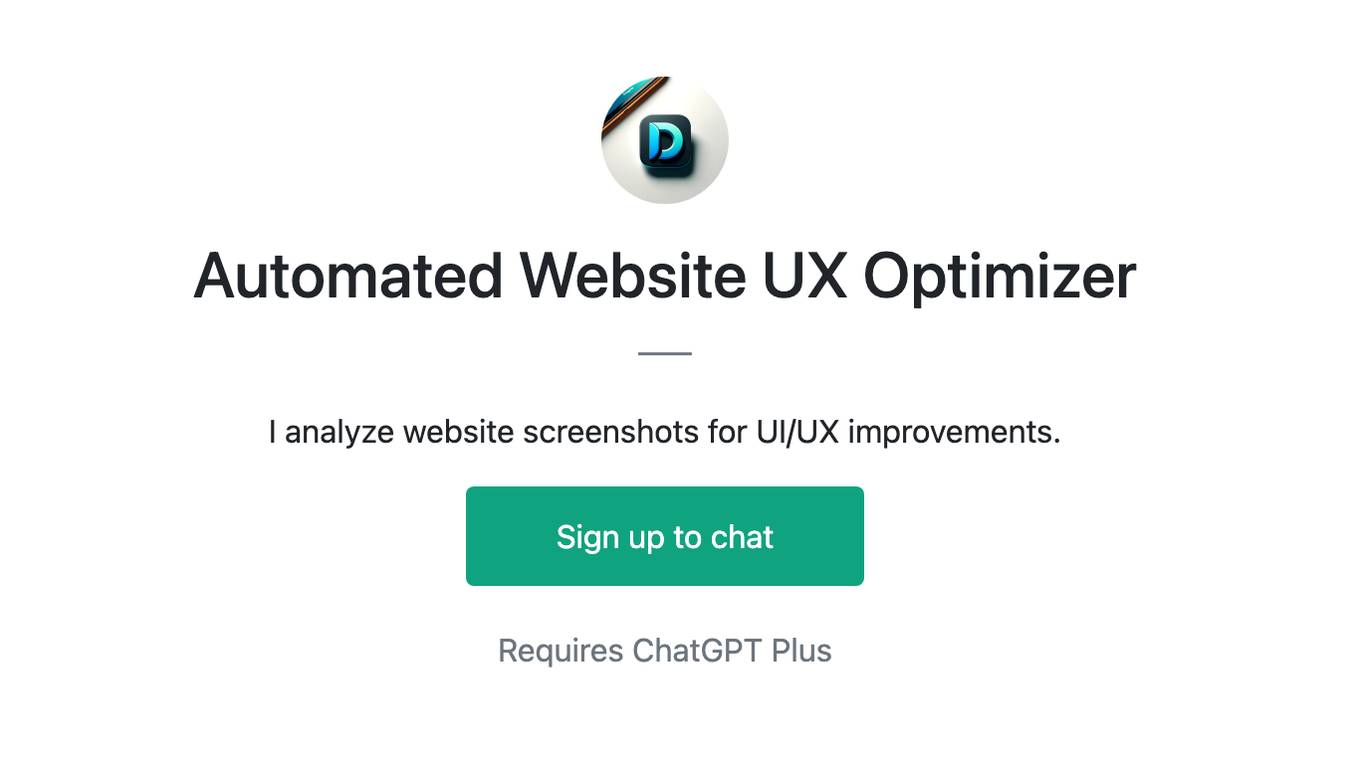Best AI tools for< Analyze Release Notes >
20 - AI tool Sites
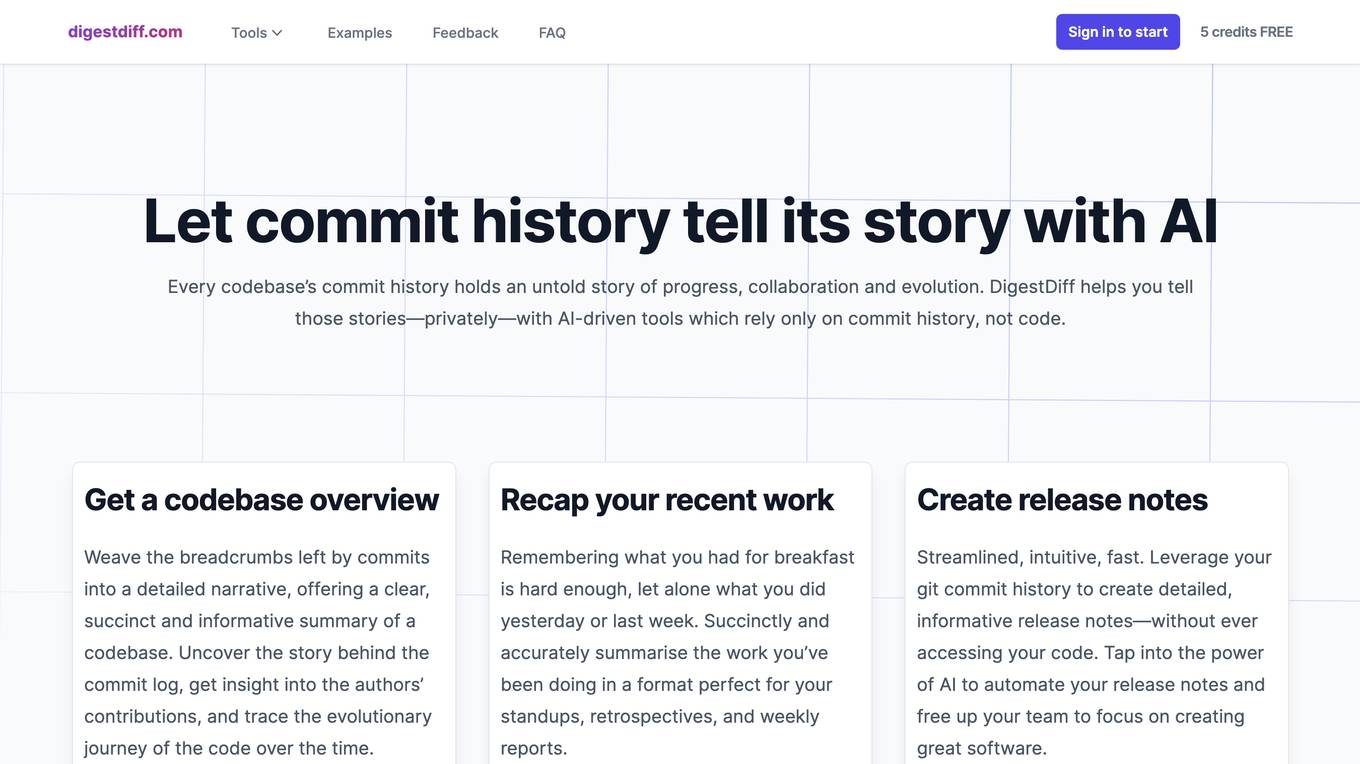
DigestDiff
DigestDiff is an AI-driven tool that helps users analyze and understand commit history in codebases. By leveraging AI technology, DigestDiff provides detailed narratives, summaries, and insights based solely on commit history, without accessing the code itself. Users can accelerate onboarding, recap recent work, create release notes, and maintain privacy and security while using the tool.
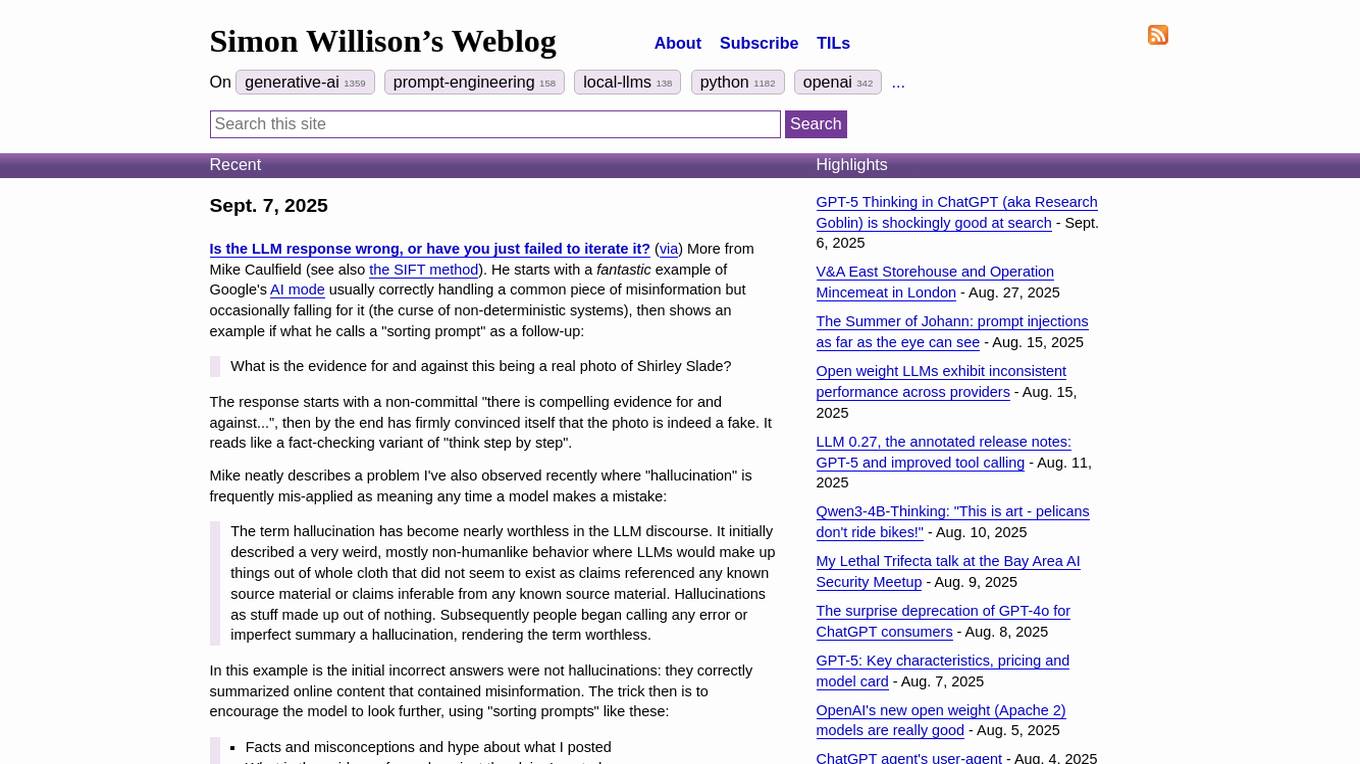
AI Insights Hub
The website is a platform dedicated to discussing and analyzing various developments and advancements in the field of AI, particularly focusing on Large Language Models (LLMs) such as GPT-5. It provides detailed insights, release notes, and discussions on AI models, applications, and security concerns. The website covers a wide range of topics related to AI, including prompt injections, spatial joins, memory features, and project-specific memory usage.
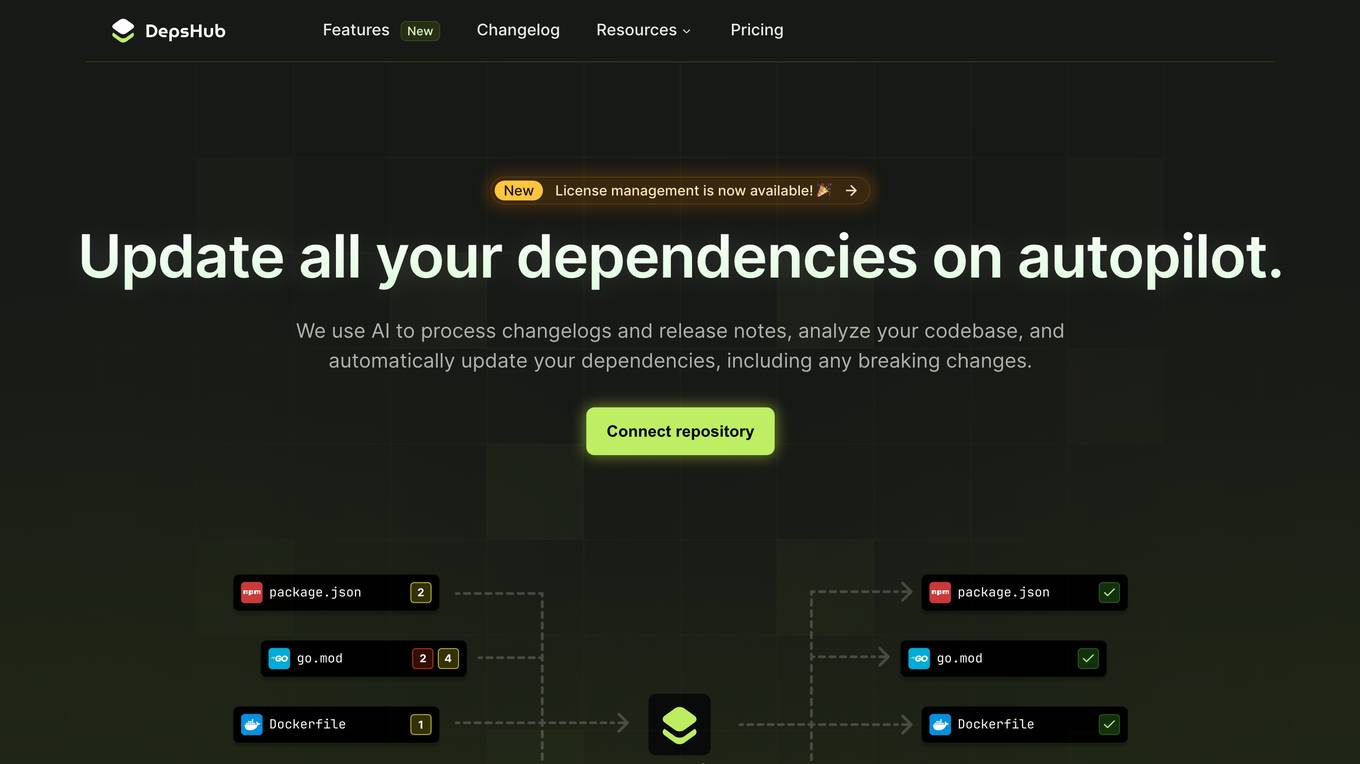
DepsHub
DepsHub is an AI-powered tool designed to simplify dependency updates for software development teams. It offers automatic dependency updates, license checks, and security vulnerability scanning to ensure teams stay secure and up-to-date. With noise-free dependency management, cross-repository overview, license compliance, and security alerts, DepsHub streamlines the process of managing dependencies for teams of any size. The AI-powered engine analyzes library changelogs, release notes, and codebases to automatically update dependencies, including handling breaking changes. DepsHub supports a wide range of languages and frameworks, making it easy for teams to integrate with their favorite technologies and save time by focusing on writing code that matters.

AlphaResearch
AlphaResearch is an AI-powered search engine and research platform for investors. It provides access to millions of global filings, transcripts, press releases, and reports, and uses machine learning and NLP techniques to extract insights from text data. AlphaResearch helps investors save time on research, understand market sentiment, and make better investment decisions.
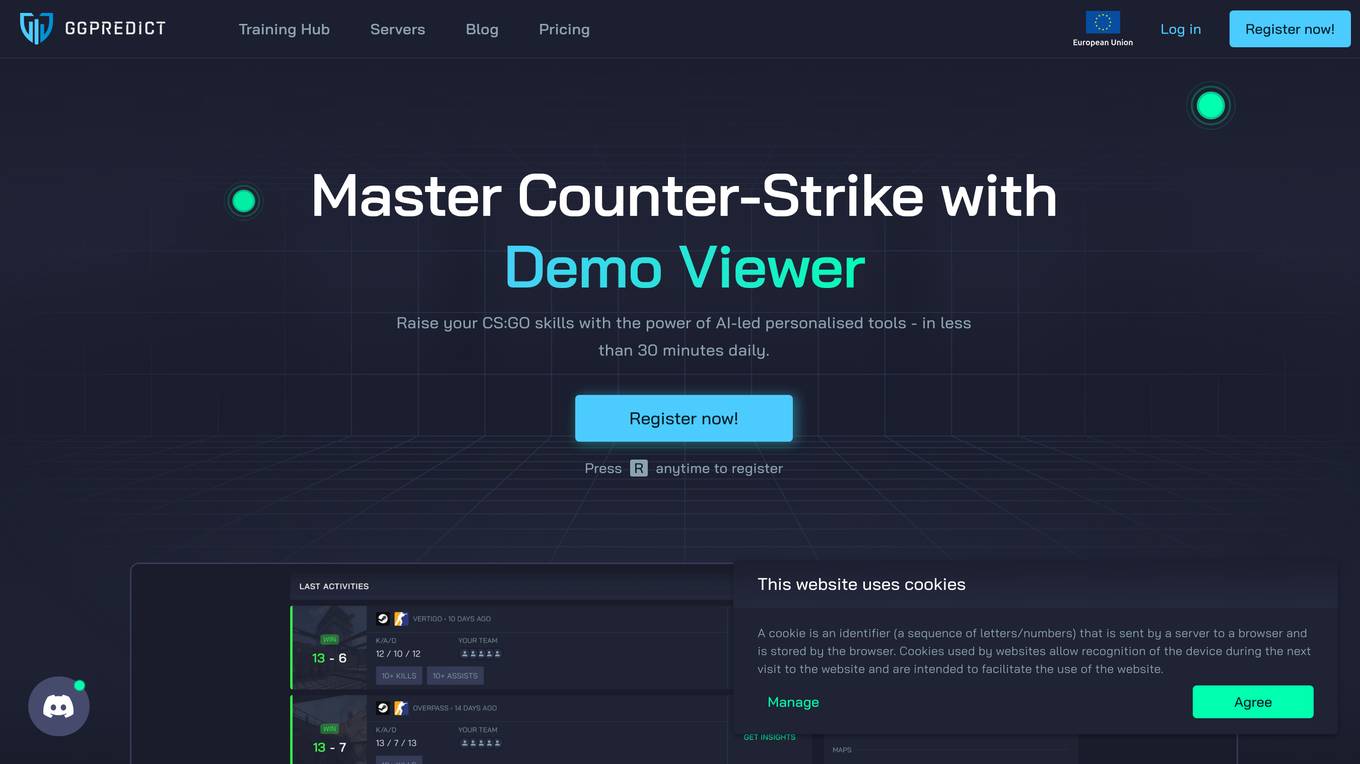
GGPredict.io
GGPredict.io is an AI-powered tool designed to help Counter-Strike: Global Offensive (CS:GO) players improve their skills through personalized challenges and analytics. The platform offers detailed performance analysis, cutting-edge maps for practice, dynamic leaderboards, and AI-led tools to track progress and identify areas for improvement. With endorsements from professional players and coaches, GGPredict.io aims to help players of all levels enhance their gameplay and reach their full potential.
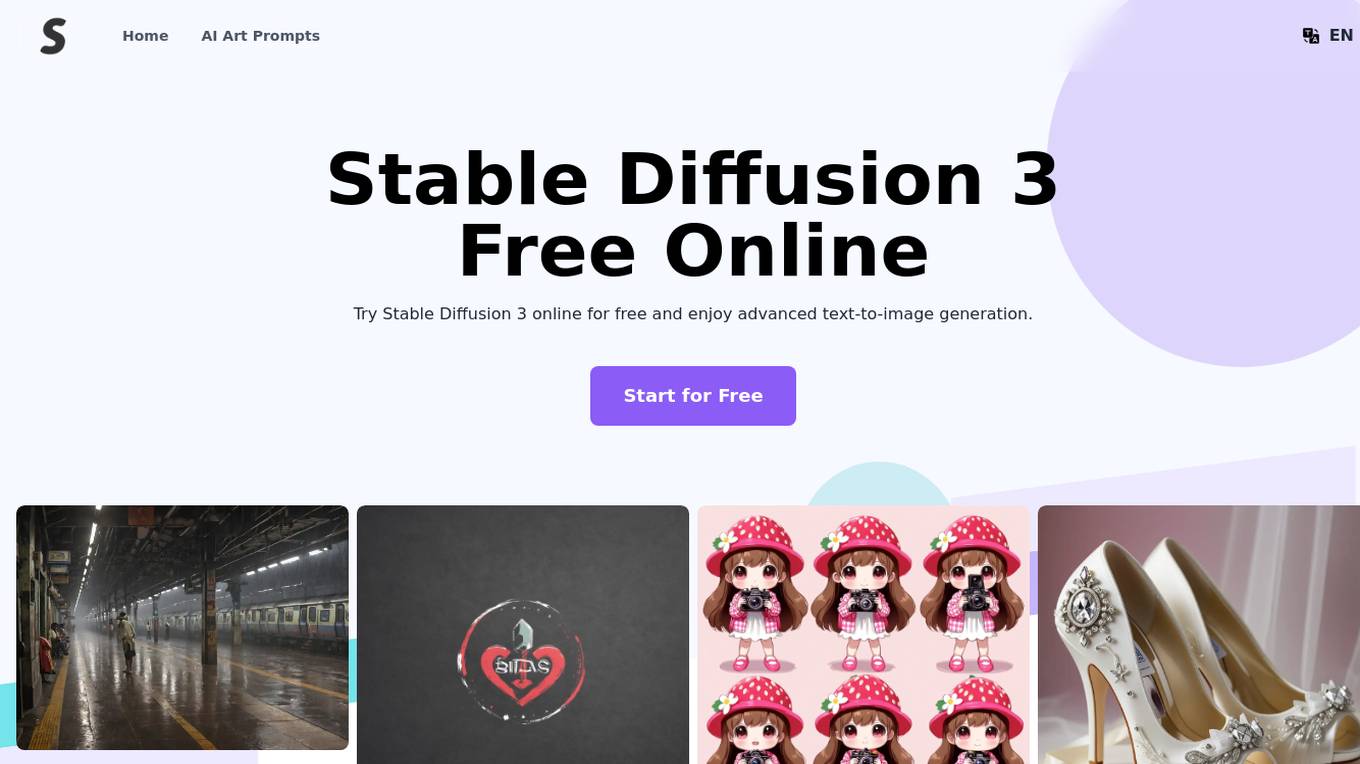
Stable Diffusion 3
Stable Diffusion 3 is an advanced text-to-image model developed by Stability AI, offering significant improvements in image fidelity, multi-subject handling, and text adherence. Leveraging the Multimodal Diffusion Transformer (MMDiT) architecture, it features separate weights for image and language representations. Users can access the model through the Stable Diffusion 3 API, download options, and online platforms to experience its capabilities and benefits.
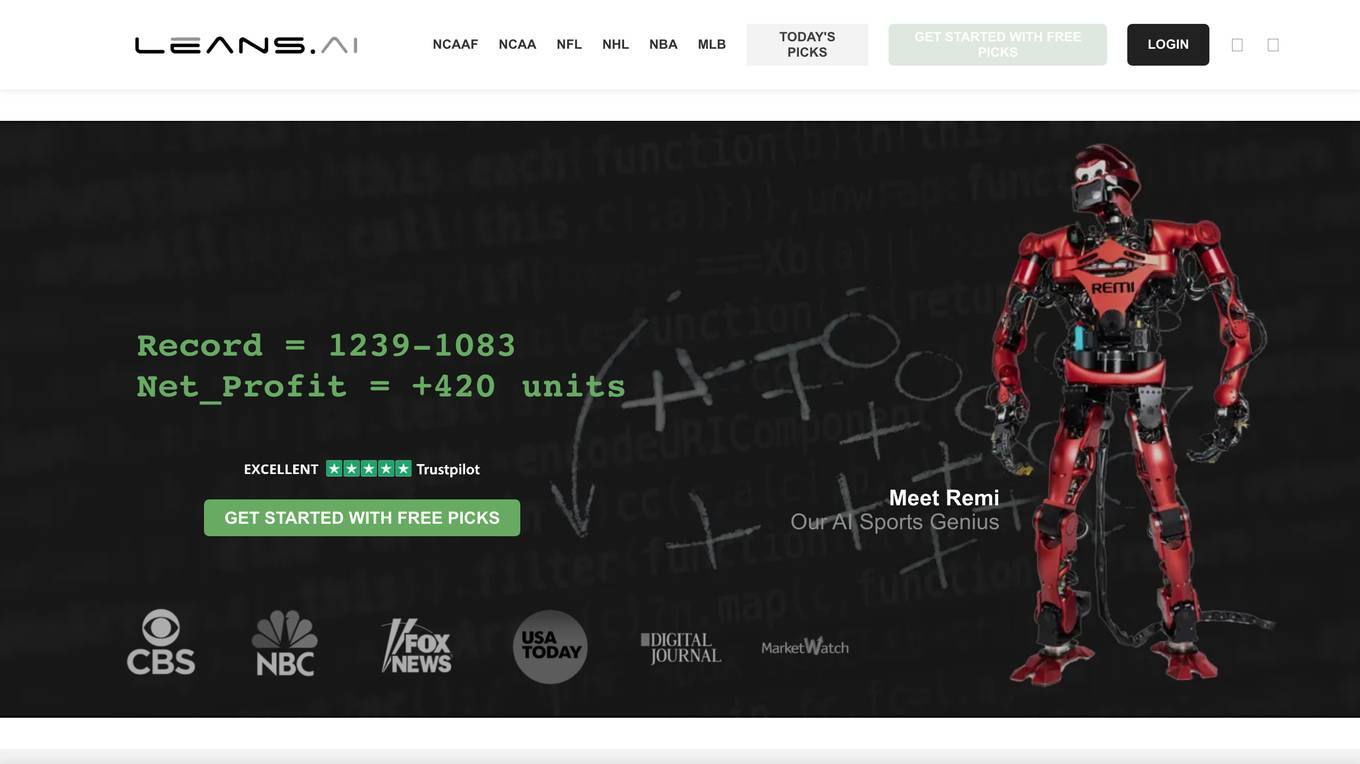
Leans.AI
Leans.AI is an AI-powered sports prediction algorithm that provides free sports picks and predictions for NFL, NBA, CBB, NHL, MLB, and CFB games. It uses AI technology to analyze thousands of data points on each game, calculate cover probabilities, assign units to picks, and release top picks daily. The application aims to help users make informed betting decisions based on data-driven insights and improve their chances of winning against the spread. Leans.AI is known for its transparency, historical performance metrics, and continuous improvement through machine learning techniques.
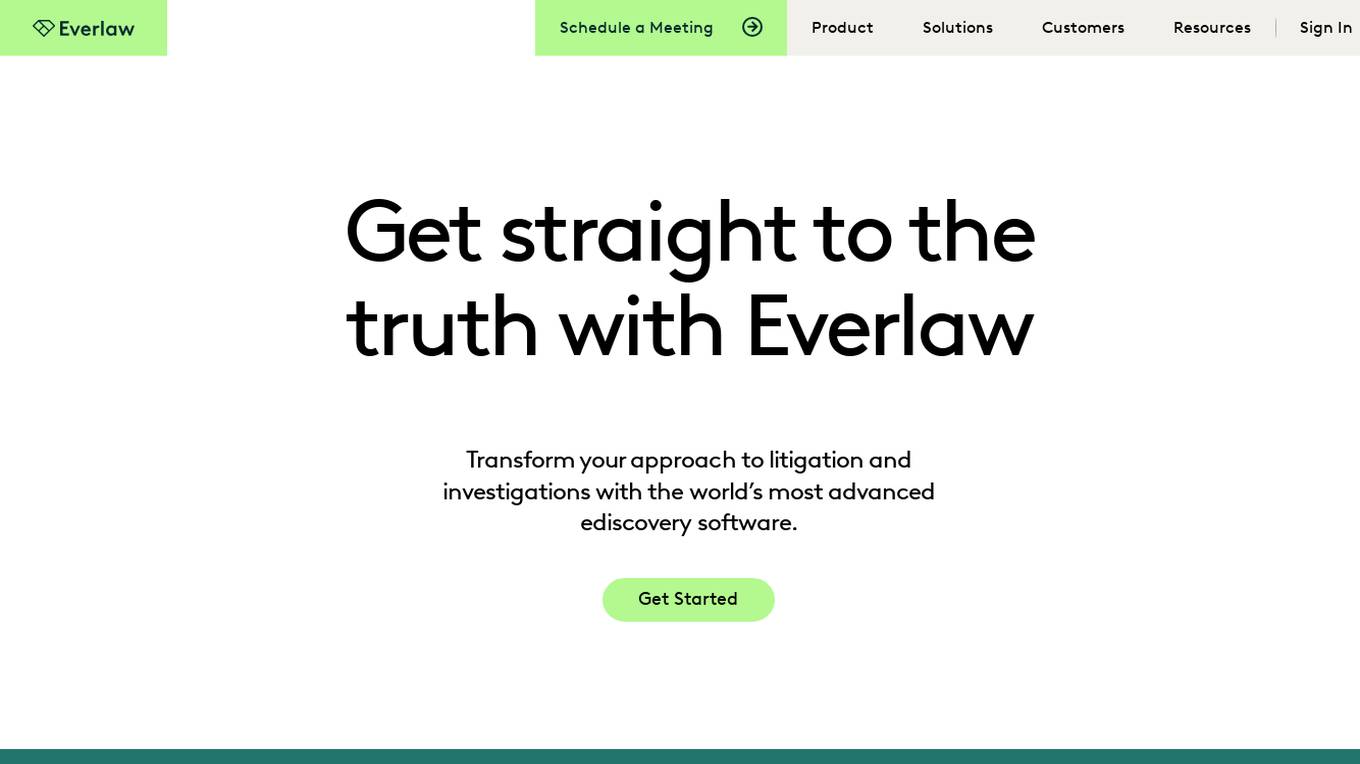
Everlaw
Everlaw is a cloud-native ediscovery software that transforms the approach to litigation and investigations with advanced technology. It simplifies complex legal work for law firms, corporations, and government agencies by providing powerful analytics, machine learning tools, and generative AI. Everlaw enables legal teams to focus on substantive work, capture near-instant insights in ediscovery data, and collaborate effectively for trial preparation. The software offers rapid release cycles, thoughtful design, and an exceptional user experience to empower users to do more than ever before.

Paper Interpreter
Paper Interpreter is an AI application developed by Daichi Konno, a medical doctor and neuroscientist at the University of Tokyo. The application allows users to input a PDF or URL of a research paper and receive a simplified explanation generated by an AI assistant. It gained significant popularity shortly after its release, ranking 6th globally and 1st in Japan in terms of usage. The tool aims to make academic research more accessible and understandable to a wider audience.

Worgit
Worgit is an Artificial Intelligence Business, Sales, and Marketing Platform that offers a wide range of AI tools to enhance productivity and efficiency in various business tasks. It provides features such as AI image generation, resume analysis, research and news finding, email campaigns, press release generation, sales reports, legal document creation, presentations, and SWOT analysis. Worgit aims to simplify and amplify success through cutting-edge AI technology, enabling users to complete tasks faster and save time by leveraging the power of artificial intelligence.
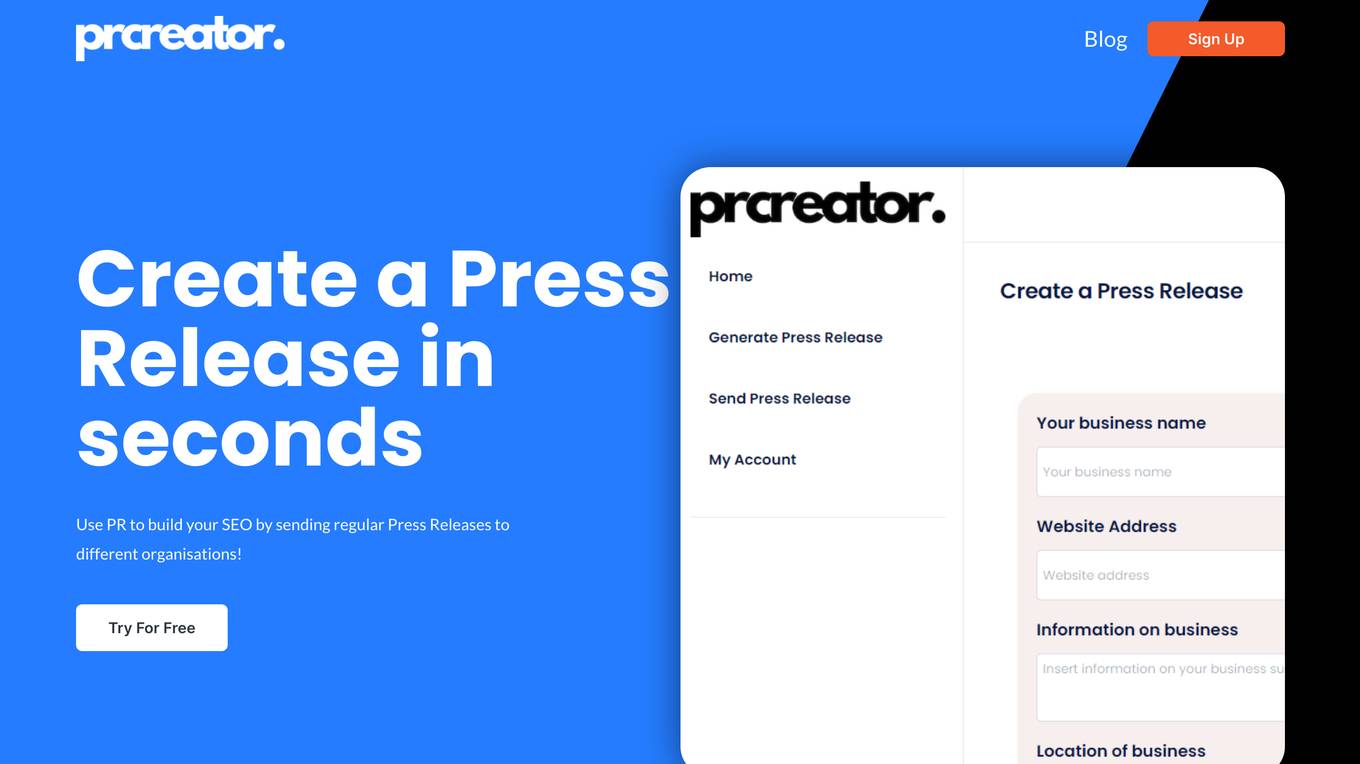
The PR Creator
The PR Creator is an AI-powered public relations tool that helps businesses create compelling press releases quickly and easily. The platform utilizes advanced artificial intelligence to analyze current trends and craft press releases that are relevant, impactful, and optimized for search engines. With The PR Creator, businesses can streamline their PR process, reduce costs, and elevate their brand's voice with precision and flair.
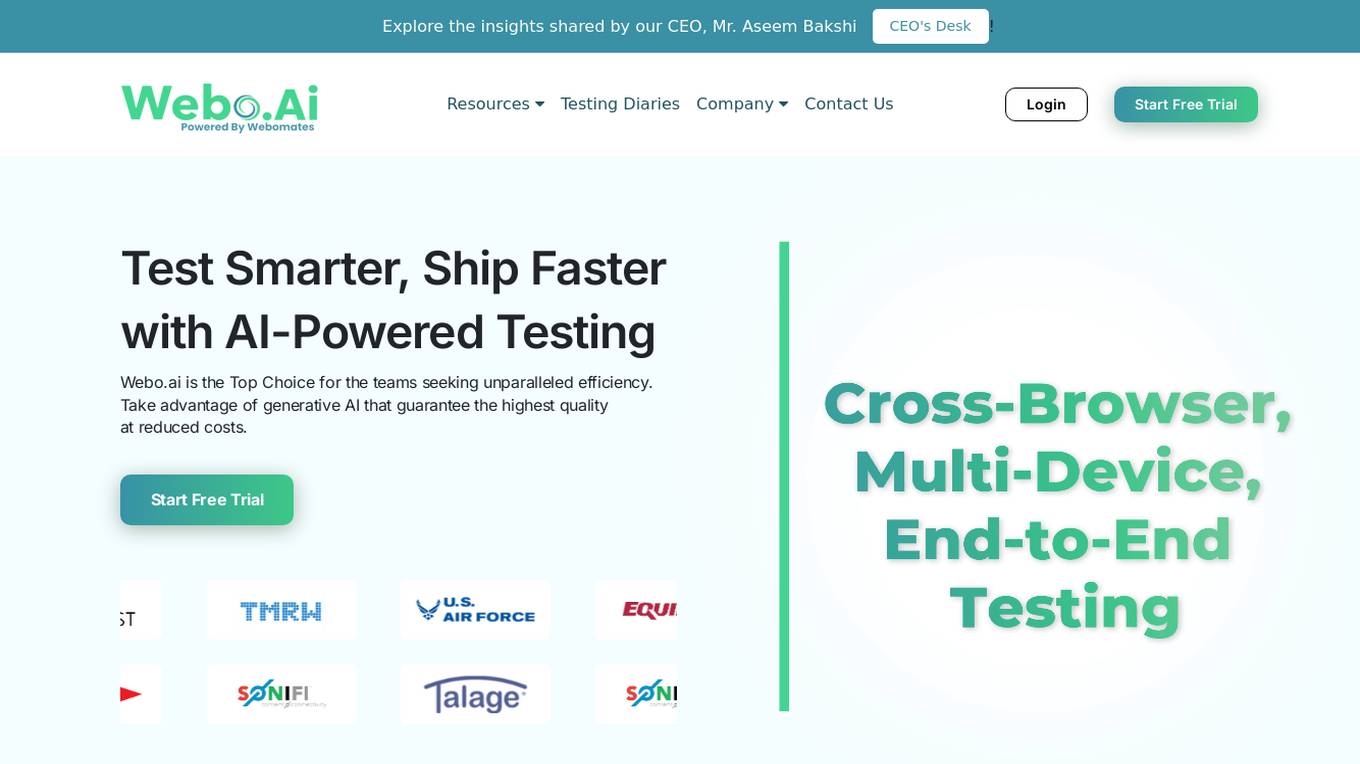
Webo.AI
Webo.AI is a test automation platform powered by AI that offers a smarter and faster way to conduct testing. It provides generative AI for tailored test cases, AI-powered automation, predictive analysis, and patented AiHealing for test maintenance. Webo.AI aims to reduce test time, production defects, and QA costs while increasing release velocity and software quality. The platform is designed to cater to startups and offers comprehensive test coverage with human-readable AI-generated test cases.
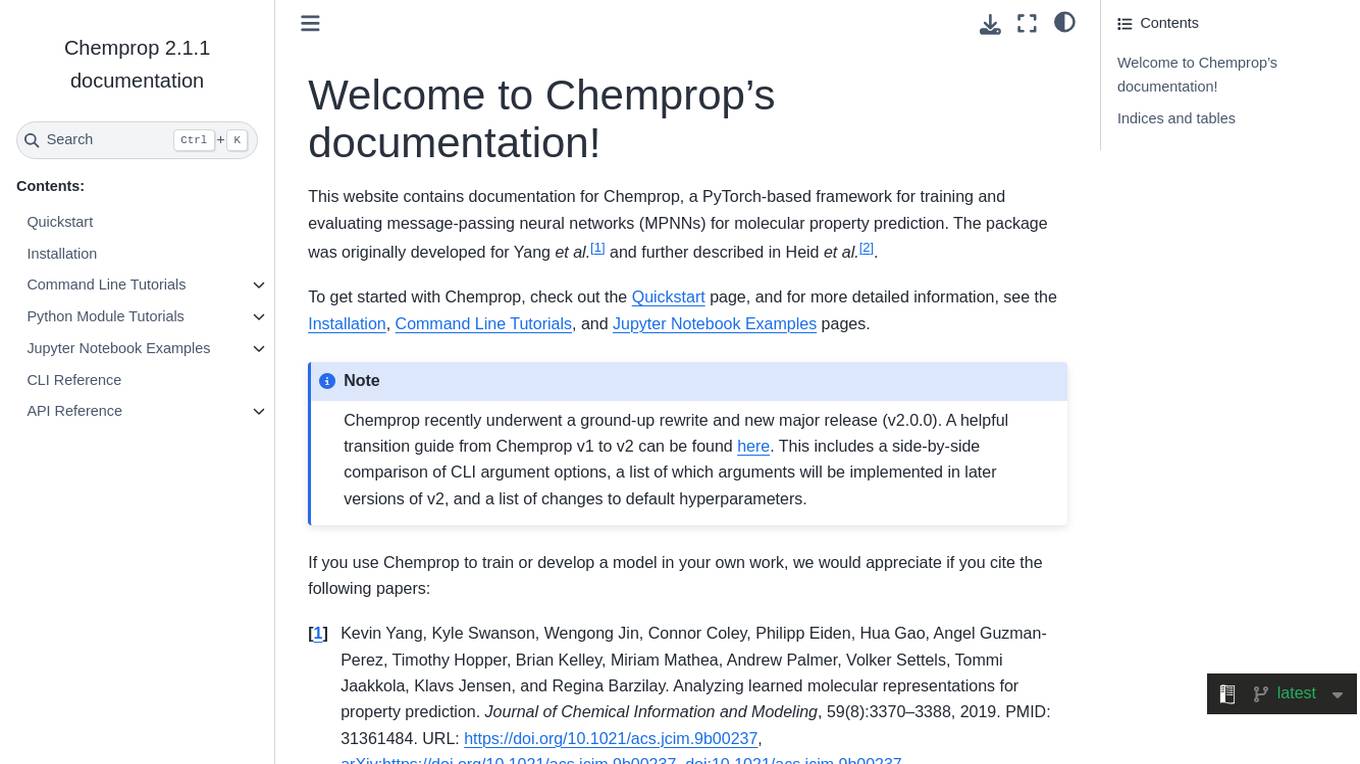
Chemprop
Chemprop is a PyTorch-based framework for training and evaluating message-passing neural networks (MPNNs) for molecular property prediction. Originally developed for research purposes, Chemprop offers a comprehensive set of tools and features for training models and analyzing molecular representations. The package underwent a recent major release (v2.0.0) with significant improvements and updates.
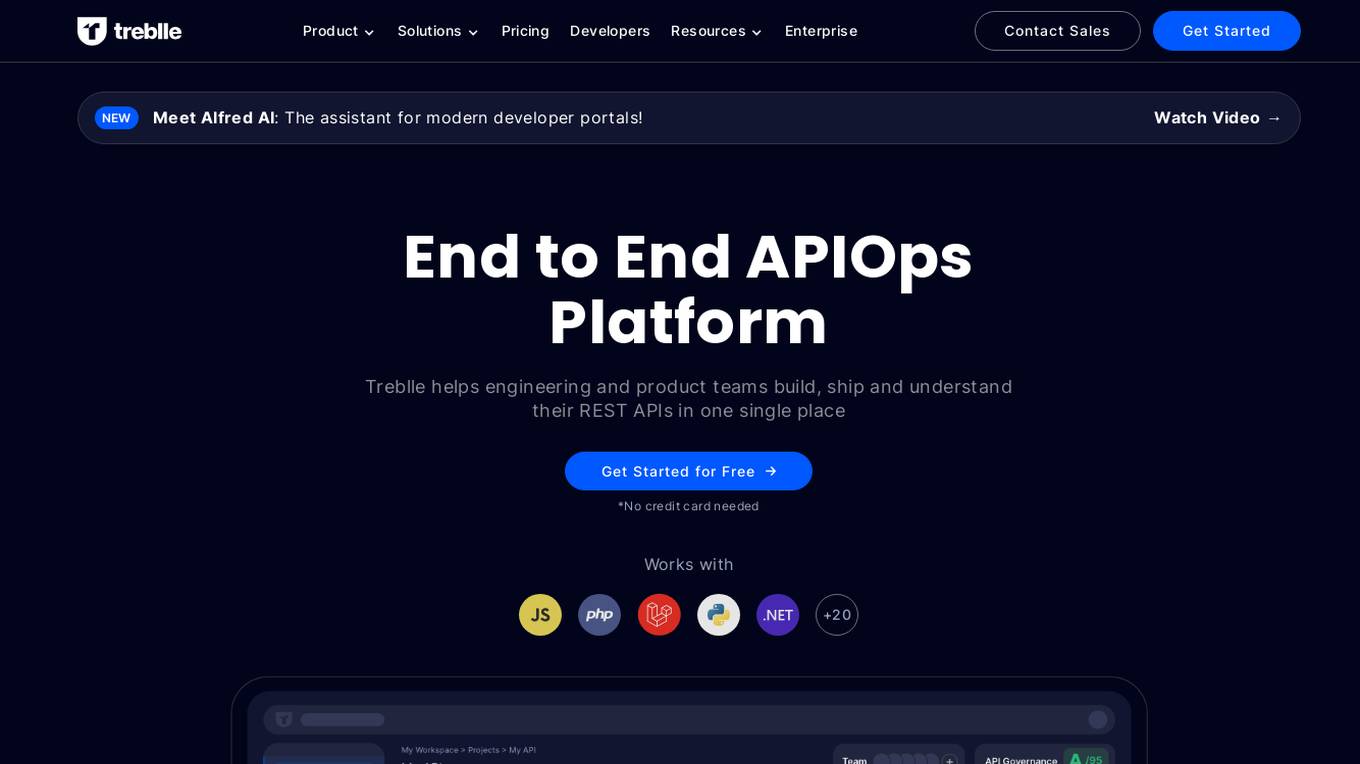
Treblle
Treblle is an End to End APIOps Platform that helps engineering and product teams build, ship, and understand their REST APIs in one single place. It offers features such as API Observability, API Documentation, API Governance, API Security, and API Analytics. With a focus on empowering API producers and consumers, Treblle provides actionable data in real-time, customizable dashboards, and automated API development. The platform aims to improve API release times, enhance developer experience, and ensure API quality and security.
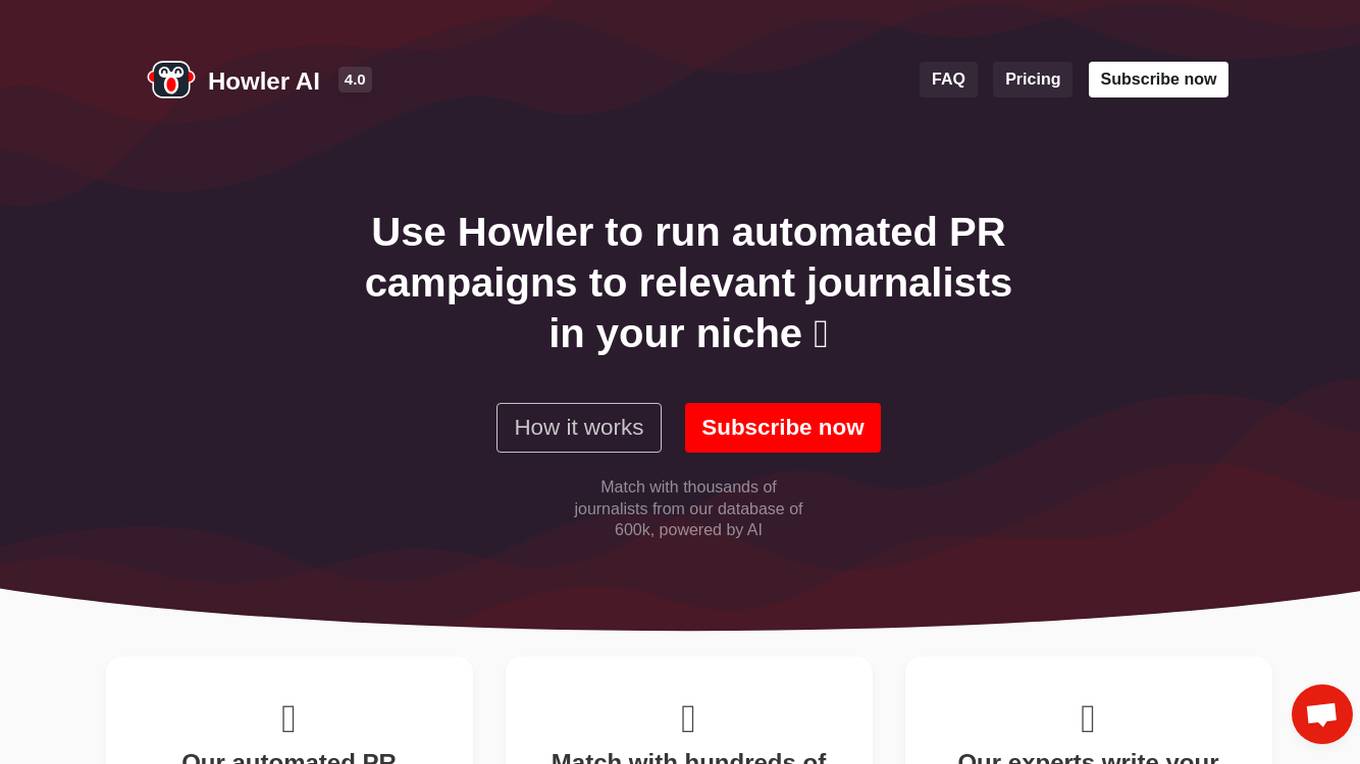
Howler
Howler is an AI-powered PR tool designed to help users get more press coverage for their projects or businesses. By leveraging artificial intelligence technology, Howler assists in crafting compelling press releases, identifying relevant media outlets, and optimizing outreach strategies. With Howler, users can streamline their PR efforts, increase visibility, and attract media attention more effectively. The tool aims to simplify the PR process and empower users to achieve greater success in gaining press coverage.
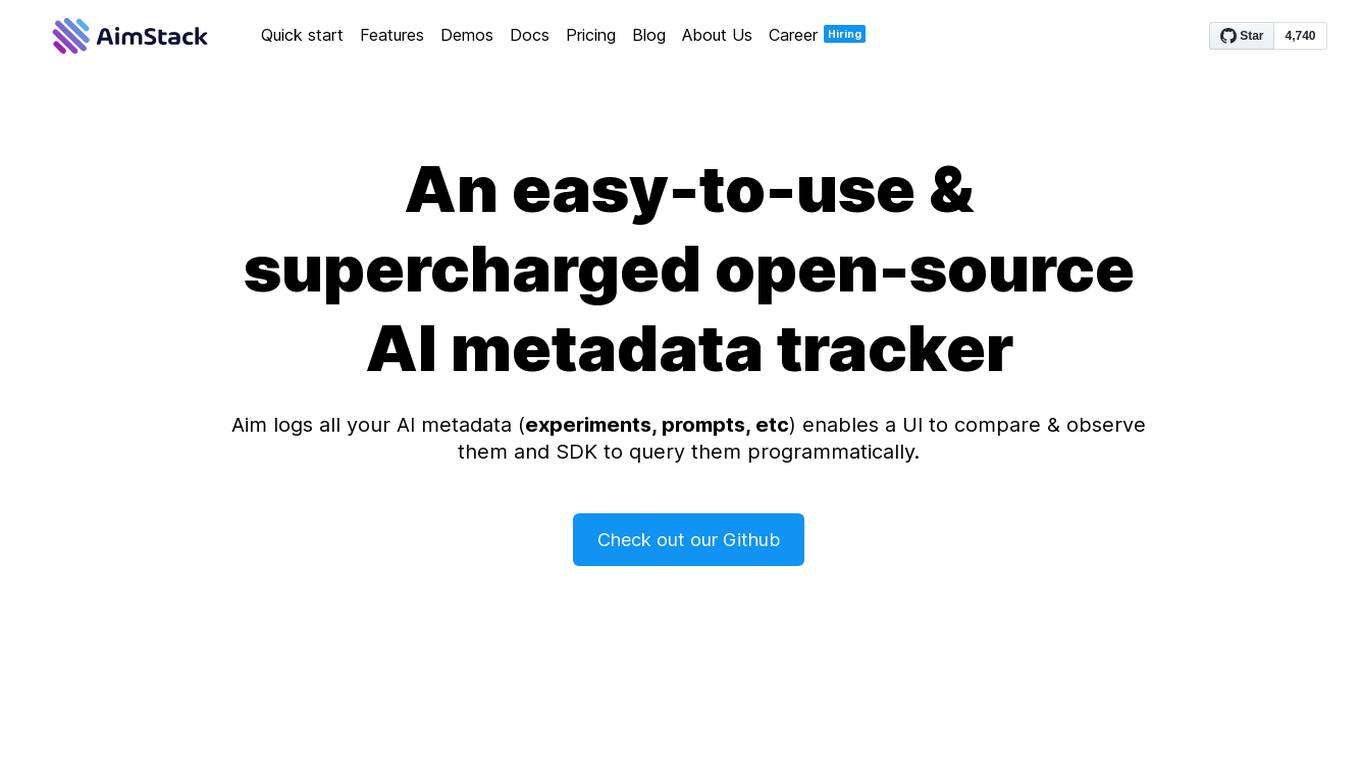
Aim
Aim is an open-source, self-hosted AI Metadata tracking tool designed to handle 100,000s of tracked metadata sequences. Two most famous AI metadata applications are: experiment tracking and prompt engineering. Aim provides a performant and beautiful UI for exploring and comparing training runs, prompt sessions.

Campana
Campana is a competitive intelligence tool that helps businesses stay up-to-date on their competitors' activities. It collects and presents data on competitor websites, news, and social media in a digestible feed. Campana also uses AI to uncover insights about competitors that businesses need to know right now.
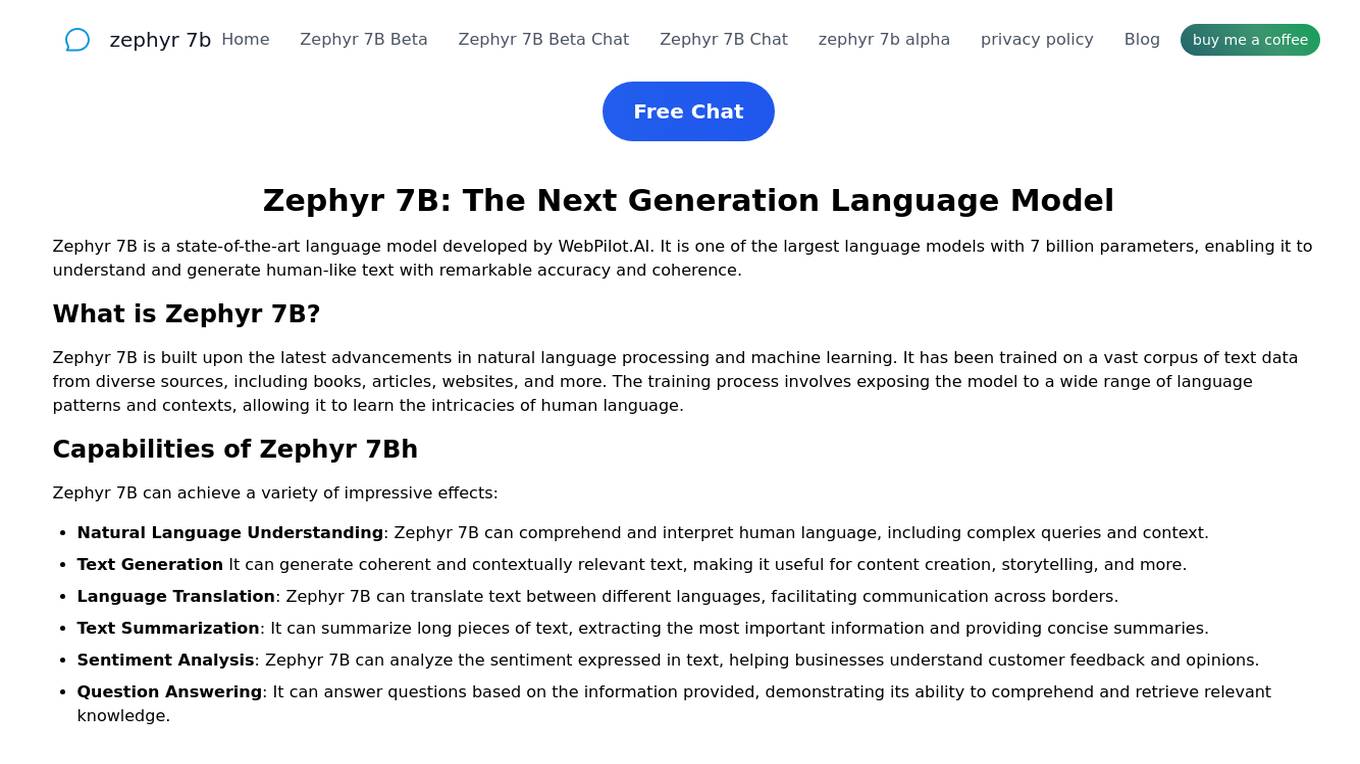
Zephyr 7B
Zephyr 7B is a state-of-the-art language model developed by WebPilot.AI with 7 billion parameters. It can understand and generate human-like text with remarkable accuracy and coherence. The model is built upon the latest advancements in natural language processing and machine learning, trained on a vast corpus of text data from diverse sources. Zephyr 7B offers capabilities such as natural language understanding, text generation, language translation, text summarization, sentiment analysis, and question answering. It represents a significant advancement in natural language processing, making it a powerful tool for content creation, customer support, research, and more.
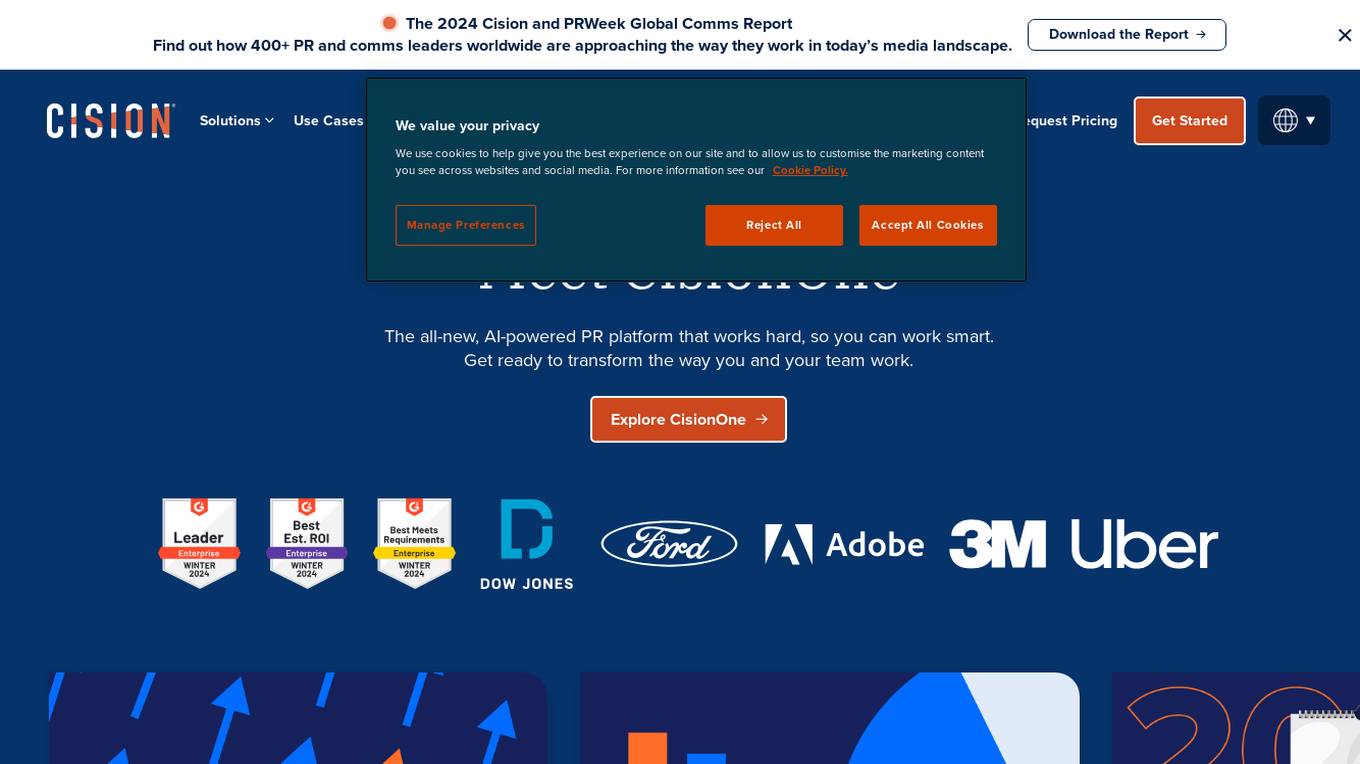
Cision
Cision is an end-to-end communications and media intelligence platform that provides a suite of tools and services to help public relations and communications professionals understand, influence, and amplify their stories. Cision's platform includes PR Newswire, CisionOne, and Cision Insights, which offer a range of capabilities such as PR distribution, media monitoring, media analytics, and influencer outreach. Cision's solutions are used by a wide range of organizations, including Fortune 500 companies, government agencies, and non-profit organizations.
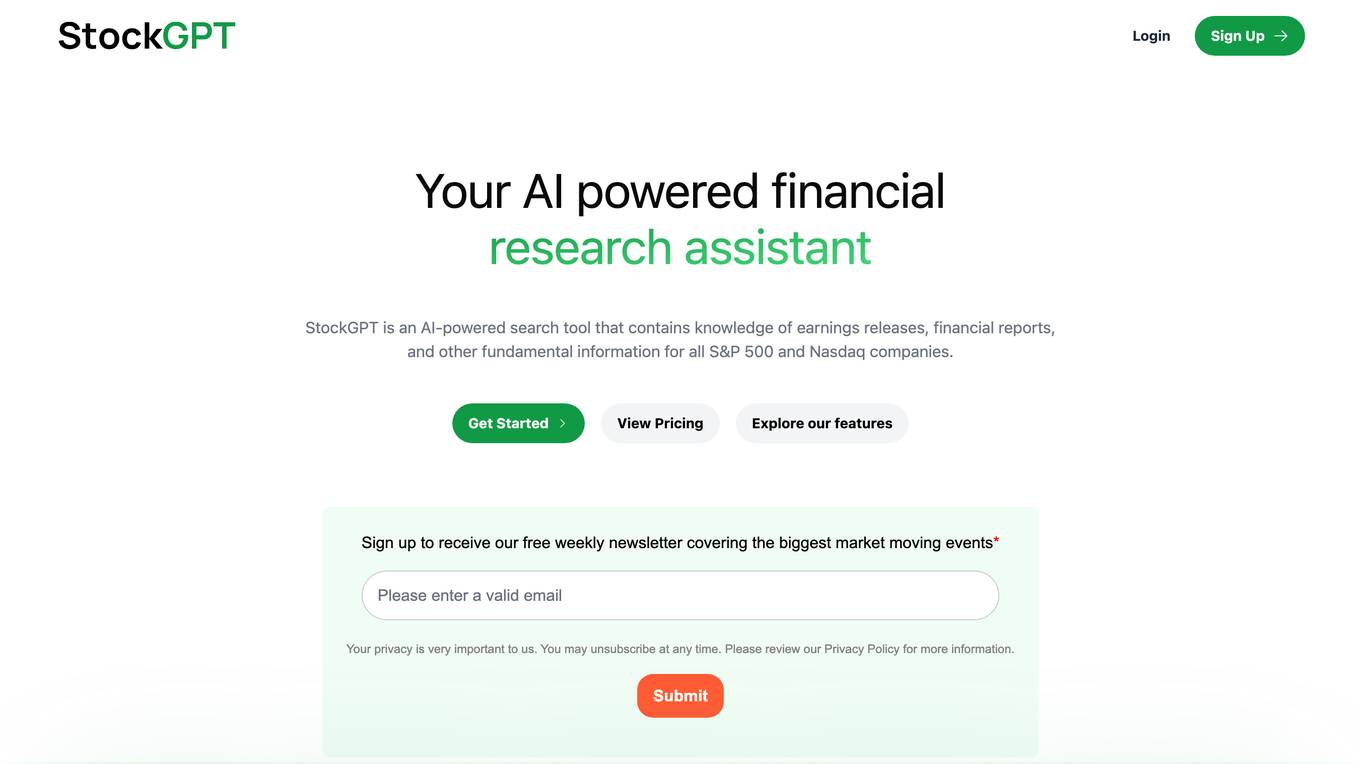
StockGPT
StockGPT is an AI-powered financial research assistant that provides knowledge of earnings releases, financial reports, and fundamental information for S&P 500 and Nasdaq companies. It offers features like AI-powered search, customizable filters, up-to-date data, and industry research to help users analyze companies and markets more efficiently.
0 - Open Source AI Tools
20 - OpenAI Gpts
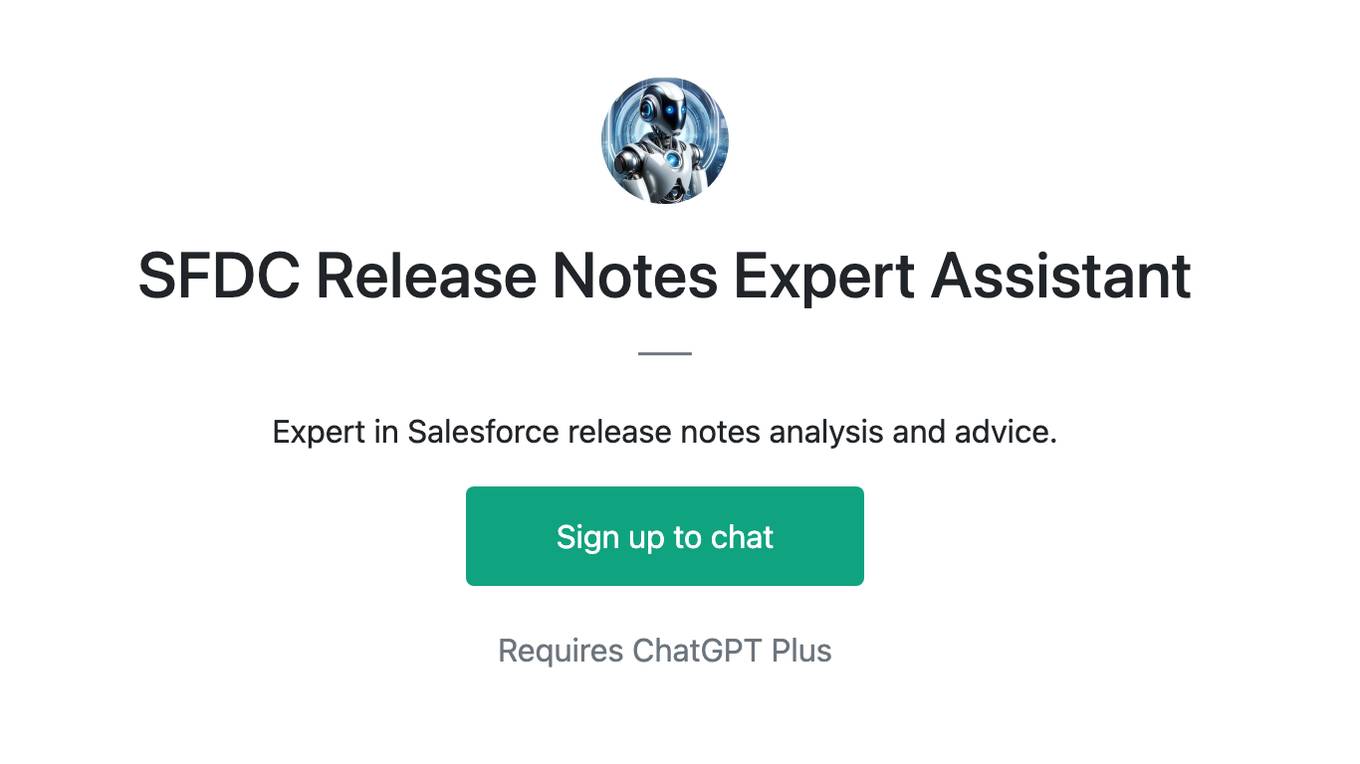
SFDC Release Notes Expert Assistant
Expert in Salesforce release notes analysis and advice.
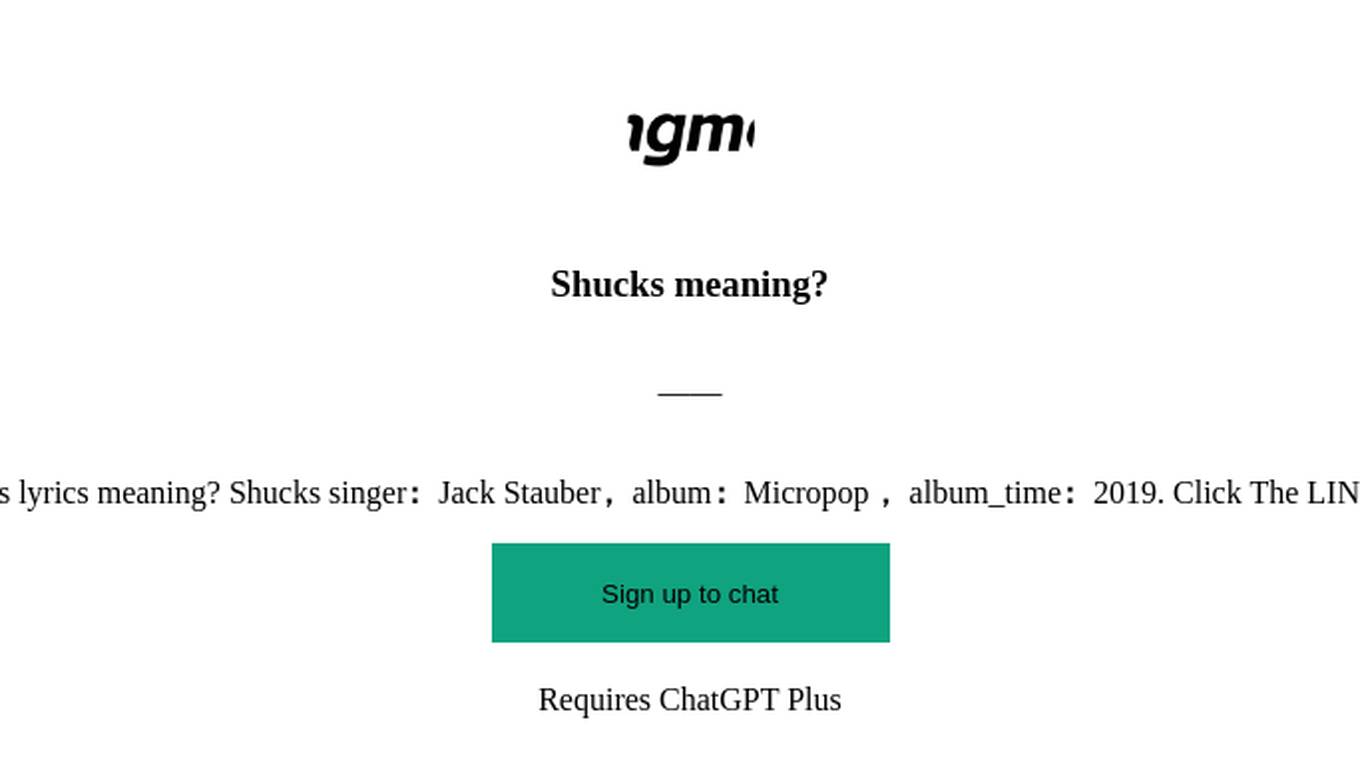
Shucks meaning?
What is Shucks lyrics meaning? Shucks singer:Jack Stauber,album:Micropop ,album_time:2019. Click The LINK For More ↓↓↓
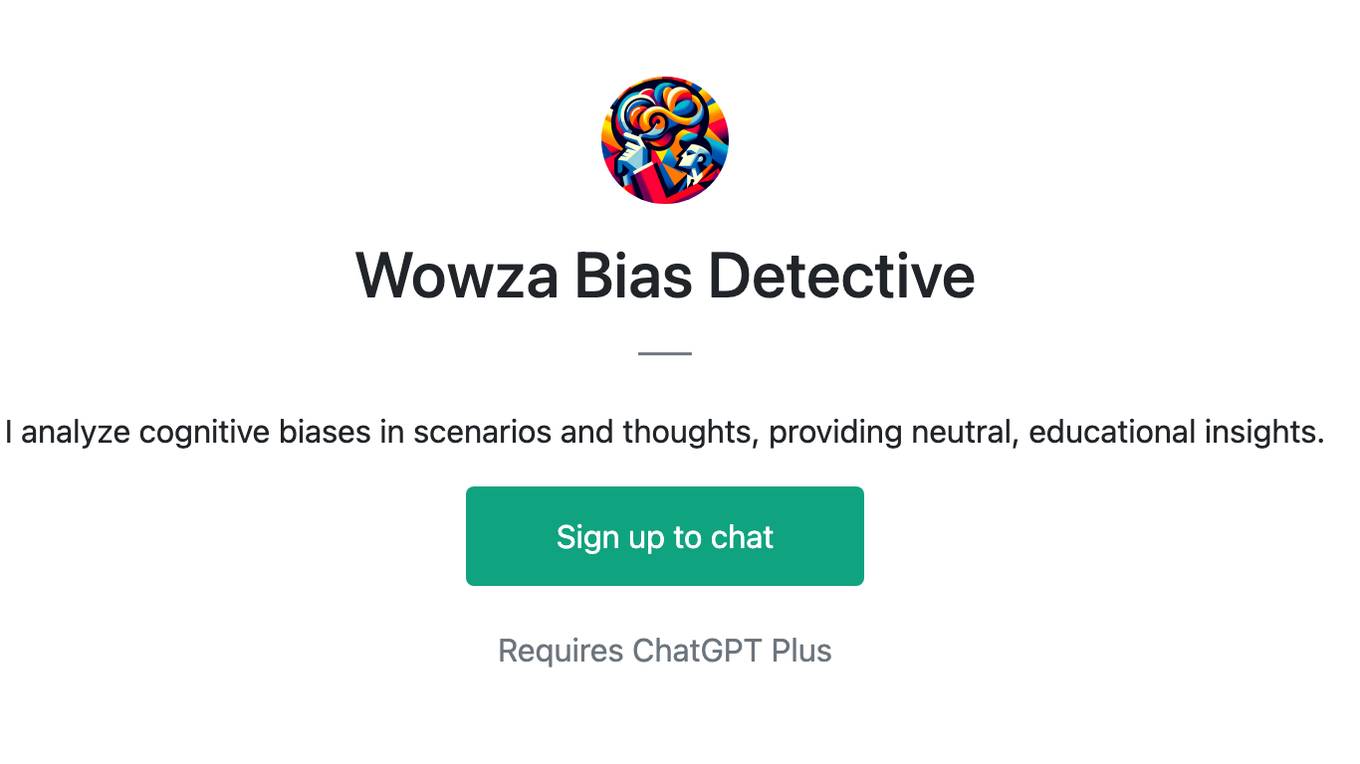
Wowza Bias Detective
I analyze cognitive biases in scenarios and thoughts, providing neutral, educational insights.
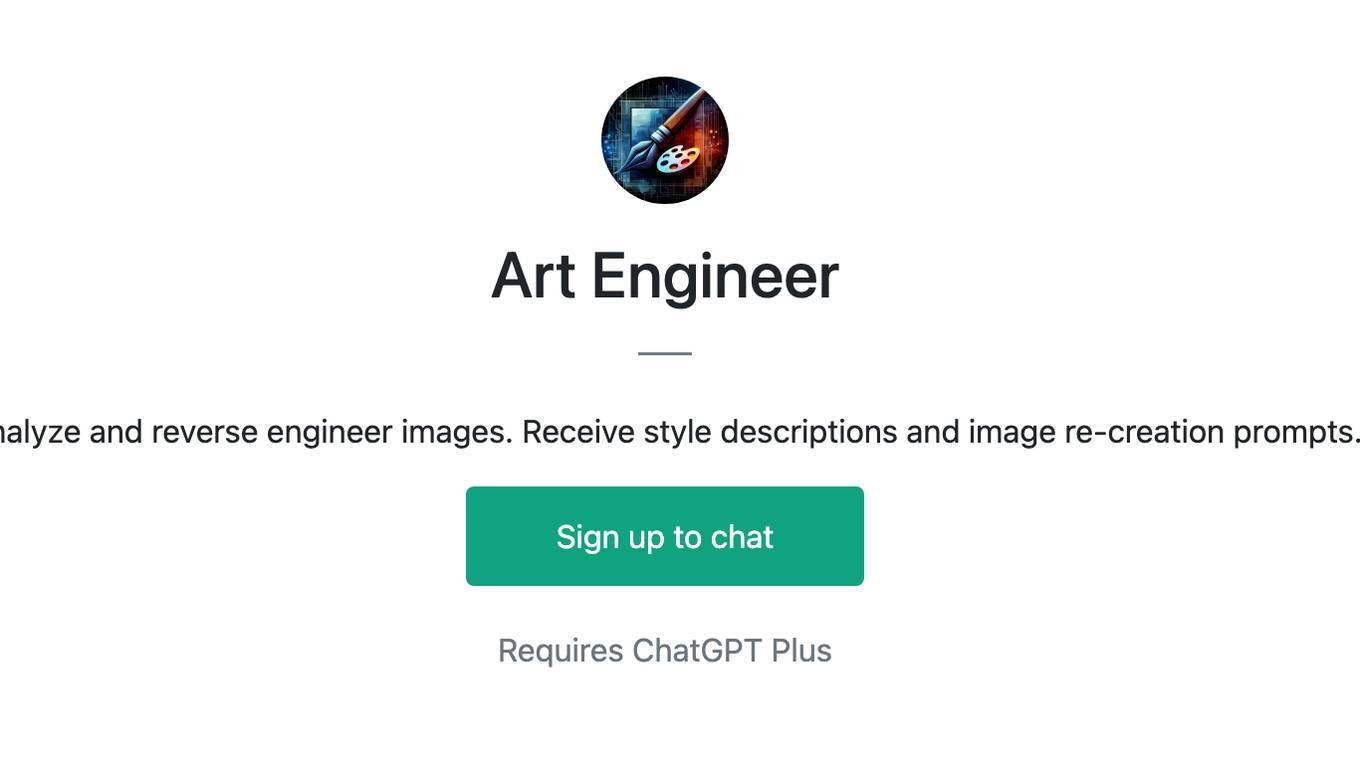
Art Engineer
Analyze and reverse engineer images. Receive style descriptions and image re-creation prompts.

Stock Market Analyst
I read and analyze annual reports of companies. Just upload the annual report PDF and start asking me questions!

Good Design Advisor
As a Good Design Advisor, I provide consultation and advice on design topics and analyze designs that are provided through documents or links. I can also generate visual representations myself to illustrate design concepts.
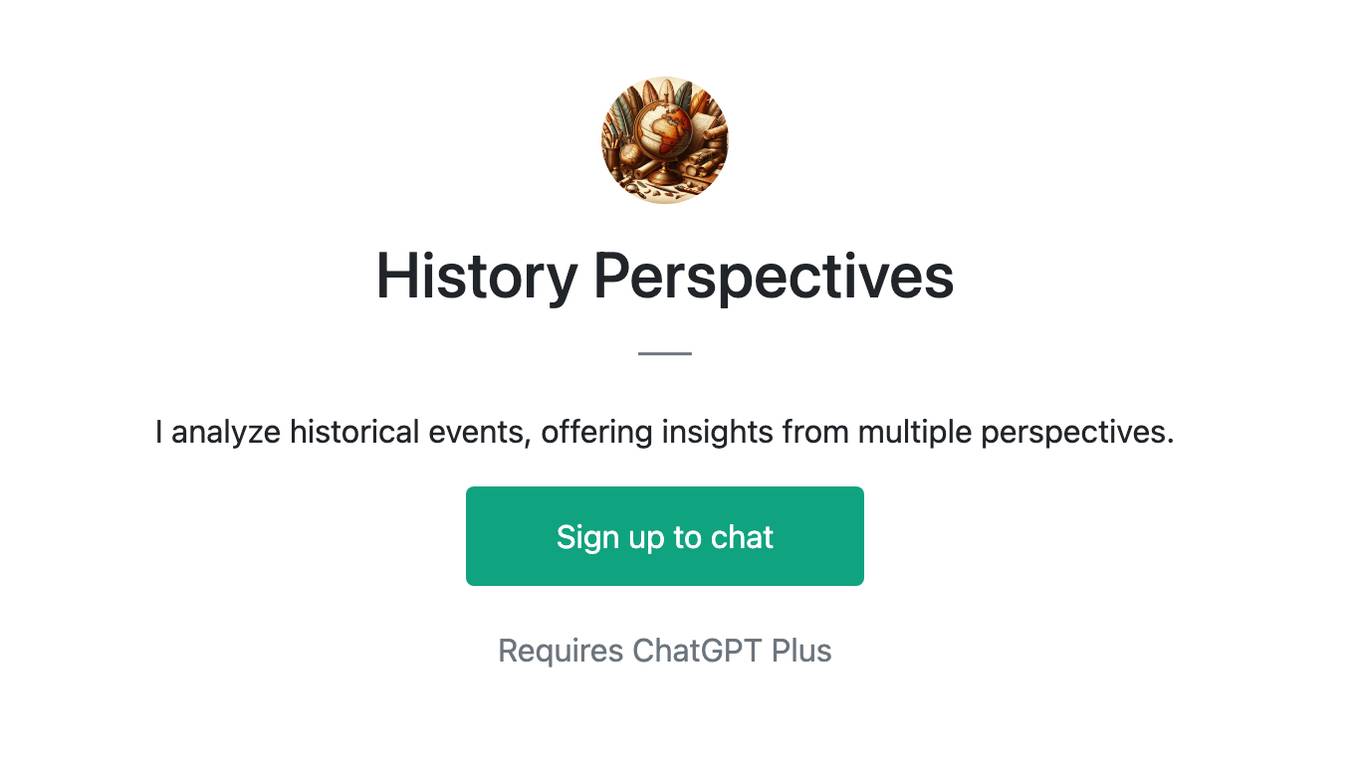
History Perspectives
I analyze historical events, offering insights from multiple perspectives.
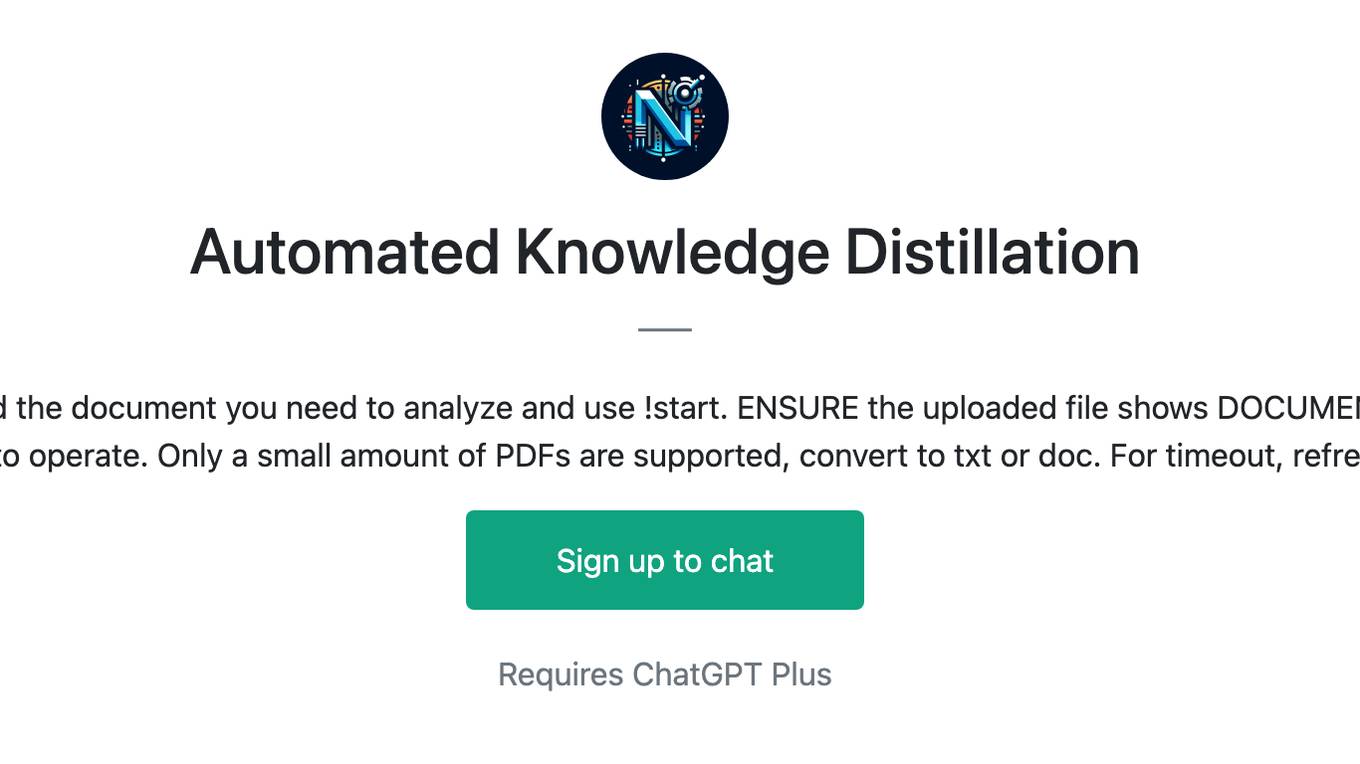
Automated Knowledge Distillation
For strategic knowledge distillation, upload the document you need to analyze and use !start. ENSURE the uploaded file shows DOCUMENT and NOT PDF. This workflow requires leveraging RAG to operate. Only a small amount of PDFs are supported, convert to txt or doc. For timeout, refresh & !continue
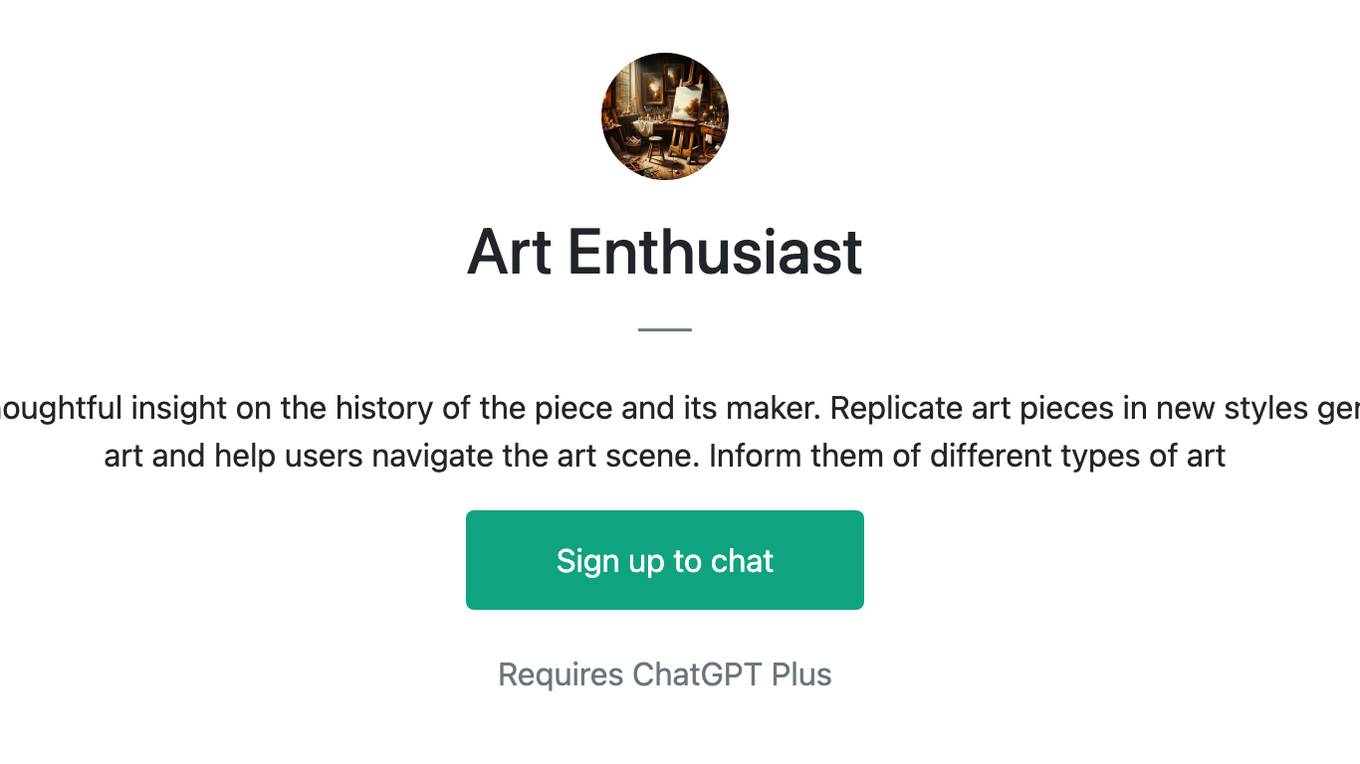
Art Enthusiast
Analyze any uploaded art piece, providing thoughtful insight on the history of the piece and its maker. Replicate art pieces in new styles generated by the user. Be an overall expert in art and help users navigate the art scene. Inform them of different types of art
